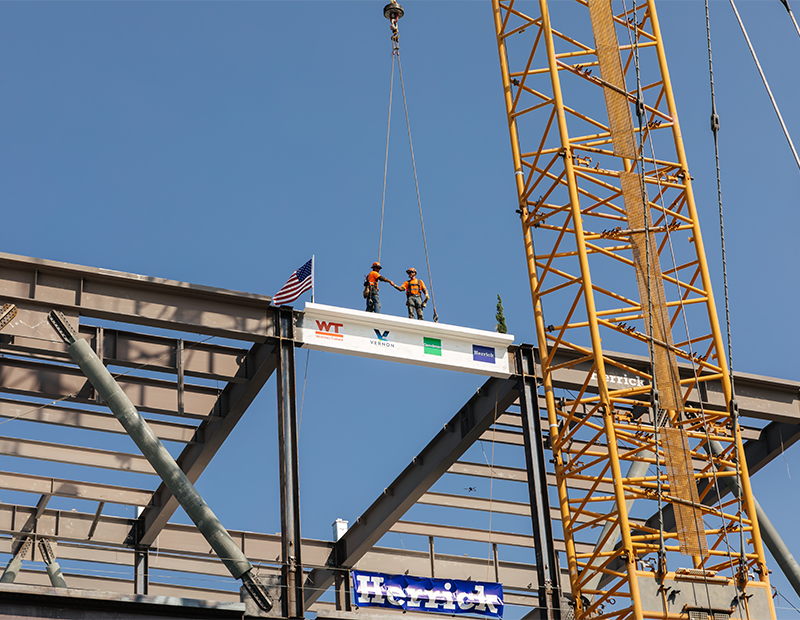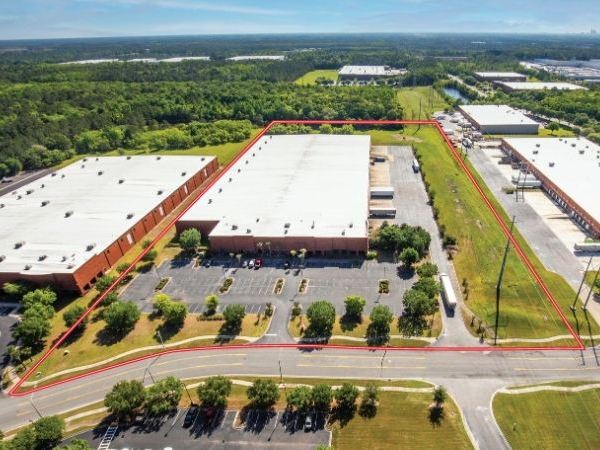Sustainability at a Crossroads: Assessing the Stakes
Keynoters at the U.S. Green Building Council's conference size up the role of the built environment in turning the tide on climate change.
 Five years ago, the Paris Agreement showed that governments, corporations, communities and individuals can cooperate on a plan for a sustainable future. This year’s Greenbuild Virtual conference started off from that same premise, calling for similar collective action that will forge a safer future.
Five years ago, the Paris Agreement showed that governments, corporations, communities and individuals can cooperate on a plan for a sustainable future. This year’s Greenbuild Virtual conference started off from that same premise, calling for similar collective action that will forge a safer future.
“Intellectual agreement alone is not inspiration to act,” especially at a time when COVID-19 has turned the world upside down, said Rachel Gutter, the president of the International WELL Institute, during the opening keynote session on Tuesday. She called the virus “not a distraction from climate change, but an expression of it” and urged the audience to strive toward “doing more good than less bad.”
Healthy people + healthy places = healthy economy
Mahesh Ramanujam, the president & CEO of the USGBC, GBCI and Arc, highlighted the impacts of climate change on the medical system, providing examples of how climate events such as wildfires and hurricanes have affected hospitals in areas not normally affected by these natural disasters. The pandemic, he points out, shows us that we can no longer compartmentalize our crises or ignore the connection between the places we inhabit and how long we will be able to inhabit them.
The pandemic shows that “our unfinished work around climate change is finally starting to hurt.” He called for a unified approach to green building standards that will focus on partnerships rather than competition. The solution to fragmentation, he concluded, is standardization: “How can we mainstream green building if we don’t streamline our own standards?” Moreover, people are conditioned to think of climate change in an abstract way, to disconnect themselves from the responsibilities they have here and now.
 “Climate change commitments are down payments on accountability,” said Ramanujam. COVID-19 paired with the worsening of the climate crisis has taken the abstract and made it real. According to surveys, 70 percent of respondents say they are more aware of the reality of climate change than they were before the pandemic. As such, the shock of COVID-19 has opened a window of opportunity to scale up action to protect the environment.
“Climate change commitments are down payments on accountability,” said Ramanujam. COVID-19 paired with the worsening of the climate crisis has taken the abstract and made it real. According to surveys, 70 percent of respondents say they are more aware of the reality of climate change than they were before the pandemic. As such, the shock of COVID-19 has opened a window of opportunity to scale up action to protect the environment.
He made a case for how deepening the green building community’s adherence to ESG in the coming decade can lead to mainstream adoption of healthier, more equitable and more resilient living standards. The social concerns in the ESG practices are composed of sustainability’s four pillars—health, wellness, resilience and equity.
The future is under construction
 Christiana Figueres, former executive secretary of the United Nations Framework Convention on Climate Change and founding partner of Global Optimism, called 2030 “the eye of the needle” for attaining a sustainable future. Whether the world is able to go through the eye of the needle depends on the direction and pace of our transformation. The direction—decarbonizing the world—is set.
Christiana Figueres, former executive secretary of the United Nations Framework Convention on Climate Change and founding partner of Global Optimism, called 2030 “the eye of the needle” for attaining a sustainable future. Whether the world is able to go through the eye of the needle depends on the direction and pace of our transformation. The direction—decarbonizing the world—is set.
Capital markets play a crucial role; they’ve been among the first to recognize and begin to measure risks. So, too, have more than 1,400 companies and organizations that are disclosing their exposure to climate change and represent a market capitalization of $12.6 trillion.
Asset managers have also taken seriously the risks threatening their portfolios and have committed to net-zero emissions in their investment portfolios by 2050. Eighteen central banks perform climate stress tests on the national economies, and corporations have started to divest from high-carbon assets and move their investments over to low-carbon or no-carbon. Amazon took the pledge to become net zero by 2040; Apple, Nike and Starbucks have targeted carbon neutrality by 2030; at Ikea, Microsoft and Google, the target date for becoming climate-positive is 2030.
The global grids are currently 25 percent powered by renewable energy and is estimated that this capacity will rise 7 percent this year and another 10 percent in 2021.
While the direction is set, the pace is still too slow, but starting to pick up. The U.S. might be behind Europe in clean energy policies but is anticipated to increase its efforts. China recently announced intentions to achieve net zero before 2060, and South Korea and Japan have set similar goals.
For the building sector to keep up with the pace, all new buildings will have to be net zero by 2030, while current LEED standards increase their ambition to be climate positive by 2035. At the same time, energy efficiency must improve so that buildings and infrastructure reduce their energy consumption to a minimum.
To achieve a more harmonious relationship between nature and society, Figueres proposed five shifts in mindset:
- Remove conceptual walls—a shift from “me and the other” to “each other”
- Shift from “power over something or someone” to ‘power for change, betterment, transition”
- A change from “privilege of having’ to “power of being in service to the quality of life”
- Recognize that individuals can collectively bring about change
- Commitment to being a “stubborn optimist” and choosing a positive attitude toward reaching goals.







You must be logged in to post a comment.